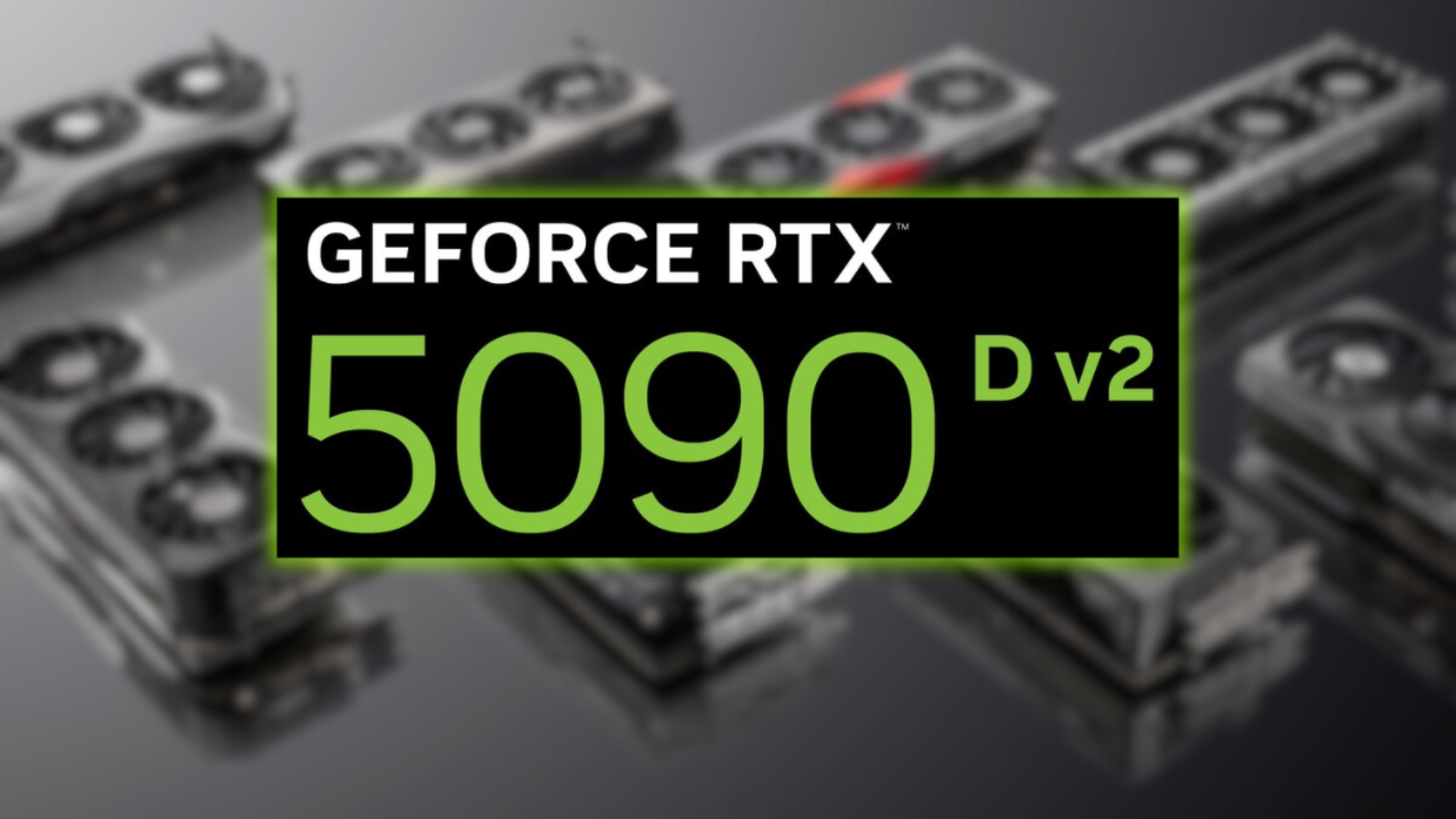
NVIDIA’s RTX 5090D v2: A China-Specific GPU Navigating US Export Restrictions
NVIDIA’s GeForce RTX 5090D, initially designed for the Chinese market to comply with US export restrictions, has been renamed the RTX 5090D v2. While the core architecture and performance remain largely unchanged, the updated model features a reduced 24GB VRAM buffer, a modification likely driven by ongoing adjustments to US export regulations.
Navigating the Shifting Sands of US Export Controls
The RTX 5090D v2’s release reflects NVIDIA’s ongoing efforts to navigate the complex and frequently changing landscape of US export controls targeting China. The initial RTX 5090D was already a modified version of the flagship RTX 5090, designed to meet specific export requirements. The v2 iteration suggests further adjustments were necessary to maintain compliance.
The fluctuating nature of these regulations presents a significant challenge for technology companies operating in the global market. NVIDIA’s response, marked by the iterative releases of modified GPUs, underscores the company’s commitment to maintaining its presence in the lucrative Chinese market.
The situation highlights the geopolitical complexities influencing the global technology industry and the dynamic nature of international trade relations.
RTX 5090D v2 Specifications and Performance
Despite the reduced VRAM, the RTX 5090D v2 retains the same 21,760 CUDA cores and 575W power draw as its predecessor. This suggests that NVIDIA has prioritized maintaining core performance, even with the memory reduction. While synthetic benchmarks might show a slight performance decrease due to reduced bandwidth, the impact on gaming performance is expected to be minimal.
The decision to reduce VRAM while maintaining other key specifications suggests a cost-optimization strategy. By reducing the amount of VRAM, NVIDIA can potentially reduce manufacturing costs and maintain a competitive price point in the Chinese market.
The modifications demonstrate NVIDIA’s ability to adapt its flagship GPU to meet specific market demands while maintaining a high level of performance.
The Implications for the Chinese Market and Beyond
The RTX 5090D v2’s release underscores the importance of the Chinese market for NVIDIA. The company’s willingness to release multiple modified versions of its flagship GPU highlights its commitment to maintaining a strong presence in this key region, despite the challenges posed by US export regulations.
This situation also illustrates the broader impact of geopolitical tensions on the global technology industry. The ongoing restrictions on technology exports to China highlight the increasing complexity of international trade and the challenges faced by companies operating in this environment.
The RTX 5090D v2’s launch serves as a case study in how technology companies adapt to complex geopolitical challenges in the global market.
Key Takeaways
- NVIDIA’s RTX 5090D has been renamed the RTX 5090D v2 for the Chinese market.
- The v2 model features reduced VRAM (24GB) but retains the same CUDA core count and power draw.
- The changes reflect ongoing adjustments to US export restrictions on technology sales to China.
- NVIDIA prioritizes maintaining core performance despite the VRAM reduction.
- The release highlights the importance of the Chinese market for NVIDIA and the impact of geopolitical factors on the tech industry.
